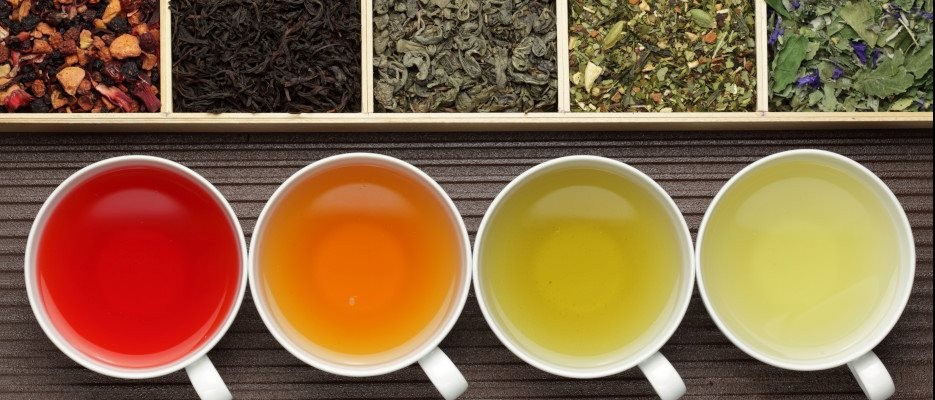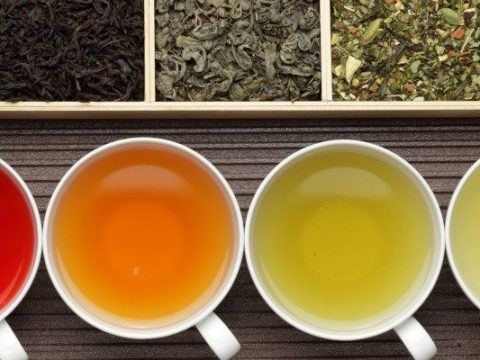A Brief Guide to Teas
Tea vs. Herbal Infusion
“True” tea comes from the Camellia sinensis plant, whose leaves are processed to yield white, green, oolong, black, and pu-erh teas. By contrast, herbal infusions (“tisanes”) use other plants—mint, chamomile, hibiscus, rooibos, etc.—and contain no caffeine.
Main Types of Tea
White Tea
- Minimal processing and natural withering
- Light color and delicate, subtly sweet or floral aroma
- Popular varietals: Bai Hao Yin Zhen, Bai Mu Dan
Green Tea
- Brief heating (pan-firing or steaming) to halt oxidation
- Fresh vegetal notes, color ranges from pale green to yellow
- Popular varietals: Sencha, Matcha, Gunpowder
Oolong Tea
- Partially oxidized (8–80%)—somewhere between green and black teas
- Complex flavours: floral to toasty
- Popular varietals: Da Hong Pao, Milk Oolong
Black Tea
- Fully oxidized for robust, malty or fruity notes
- Dark infusion, often enjoyed with milk
- Popular varietals: Assam, Darjeeling, Ceylon, Earl Grey
Pu-erh Tea
- Fermented and aged—quality improves over years
- Earthy, mellow character
- Named after Pu-erh region of Yunnan, China
Caffeine Content
“Tea caffeine” varies by leaf grade, oxidation and leaf size: fine powders (e.g. Matcha) can deliver more caffeine than loosely rolled black teas.
Rooibos: A Naturally Caffeine-Free “Red Tea”
Made from the Aspalathus linearis plant of South Africa, rooibos (or red tea) has no caffeine but is rich in antioxidants and has a sweet, nutty flavour.
Brewing Tips
- Water Temperature:
- White & green: 70–80 °C
- Oolong: 85–90 °C
- Black & pu-erh: 95–100 °C
- Steeping Time:
- White: 2–3 min
- Green: 2–3 min
- Oolong: 3–5 min
- Black: 3–5 min
- Pu-erh: 3–5 min
- Use a stainless-steel infuser or teapot to contain leaves.
- For iced tea: brew at double strength, cool over ice, then chill.
- Always start with freshly drawn, filtered water for the cleanest taste.


